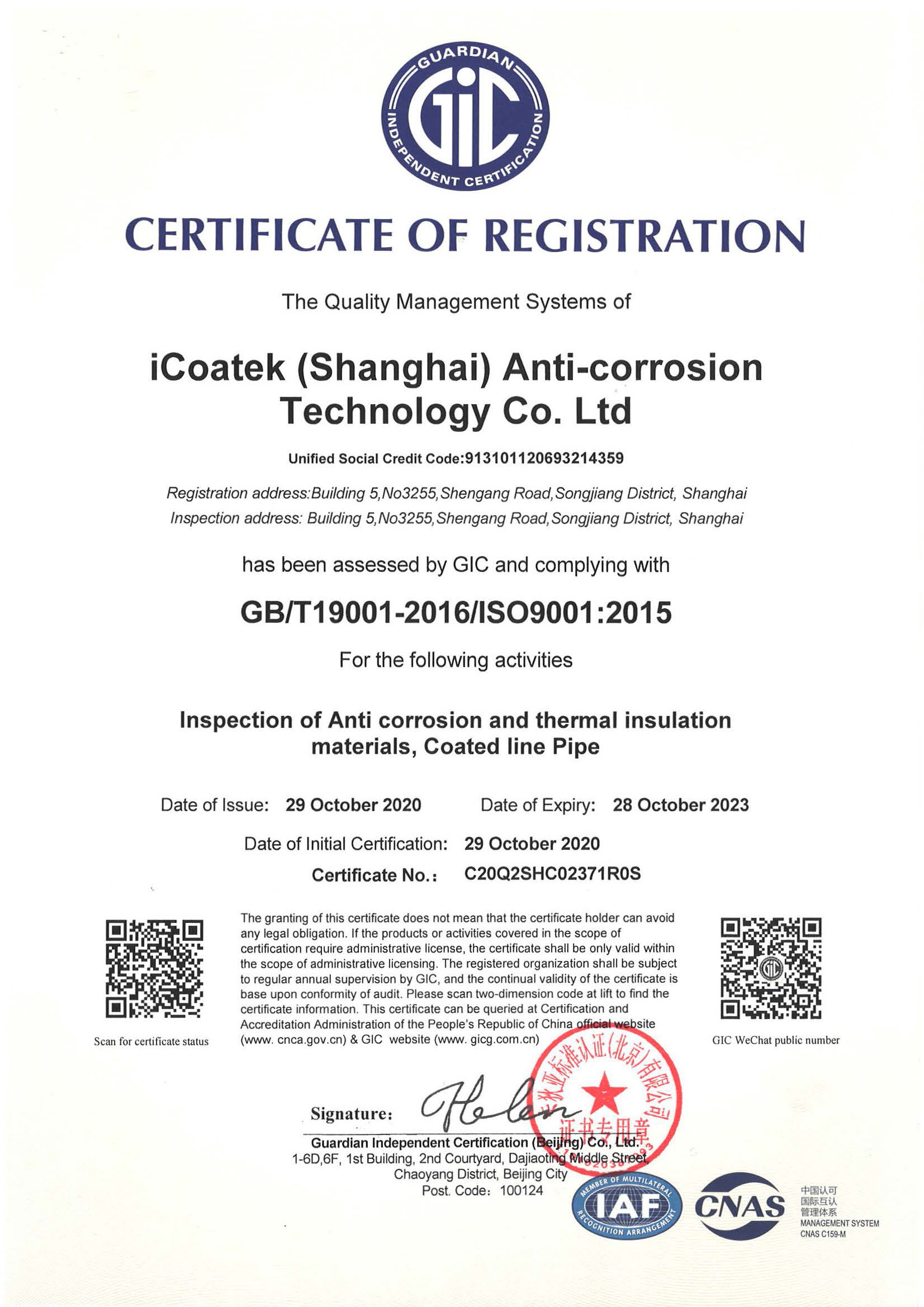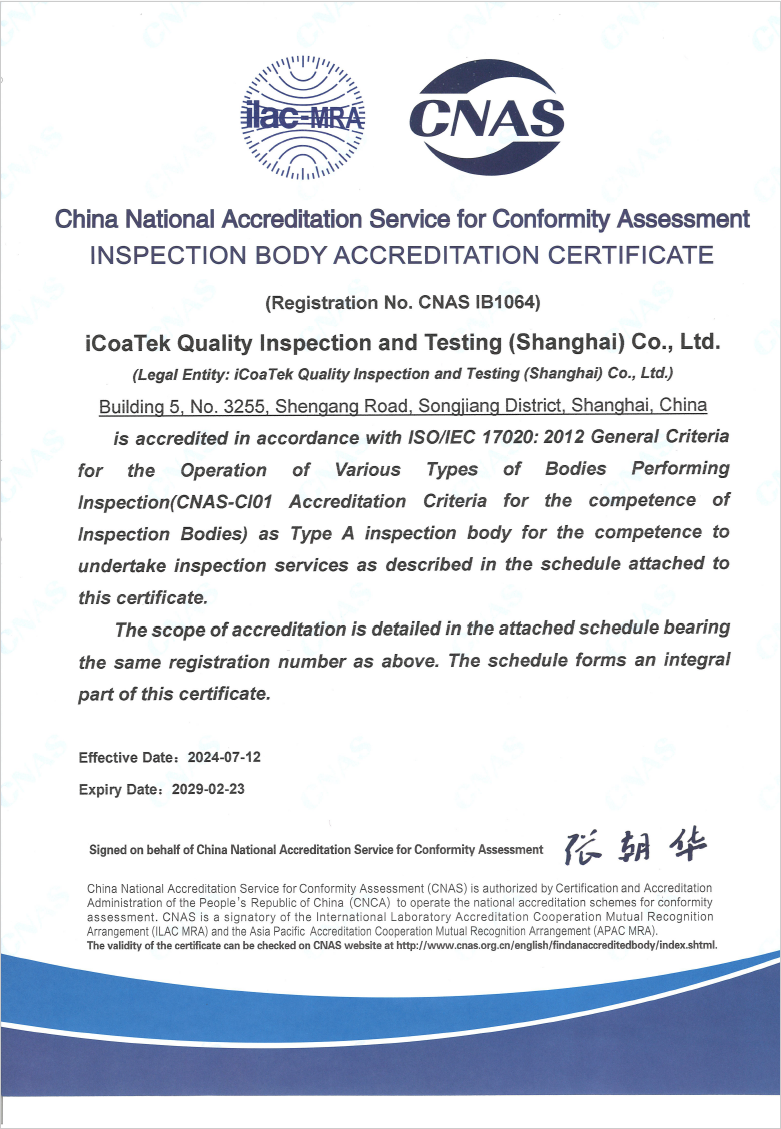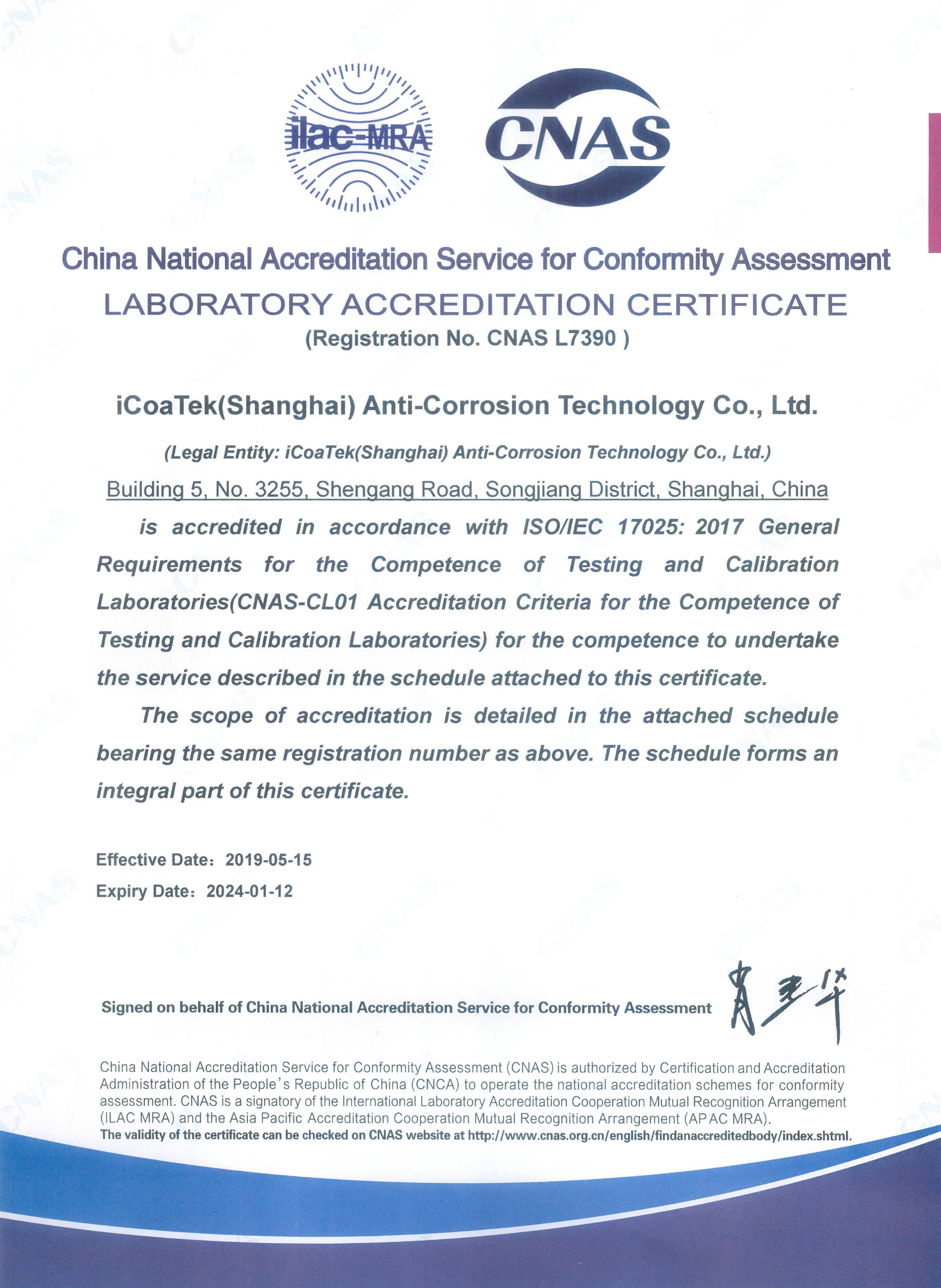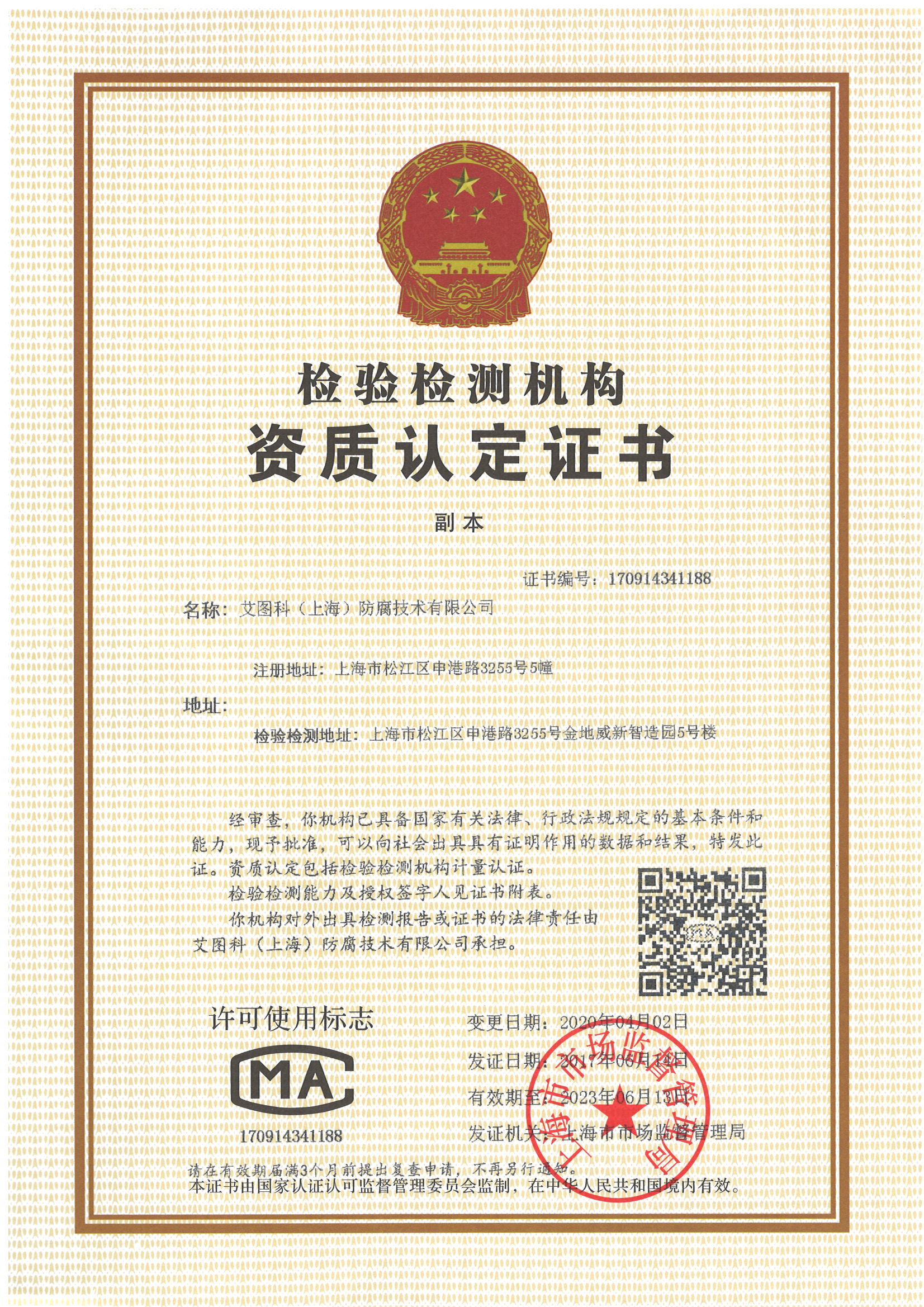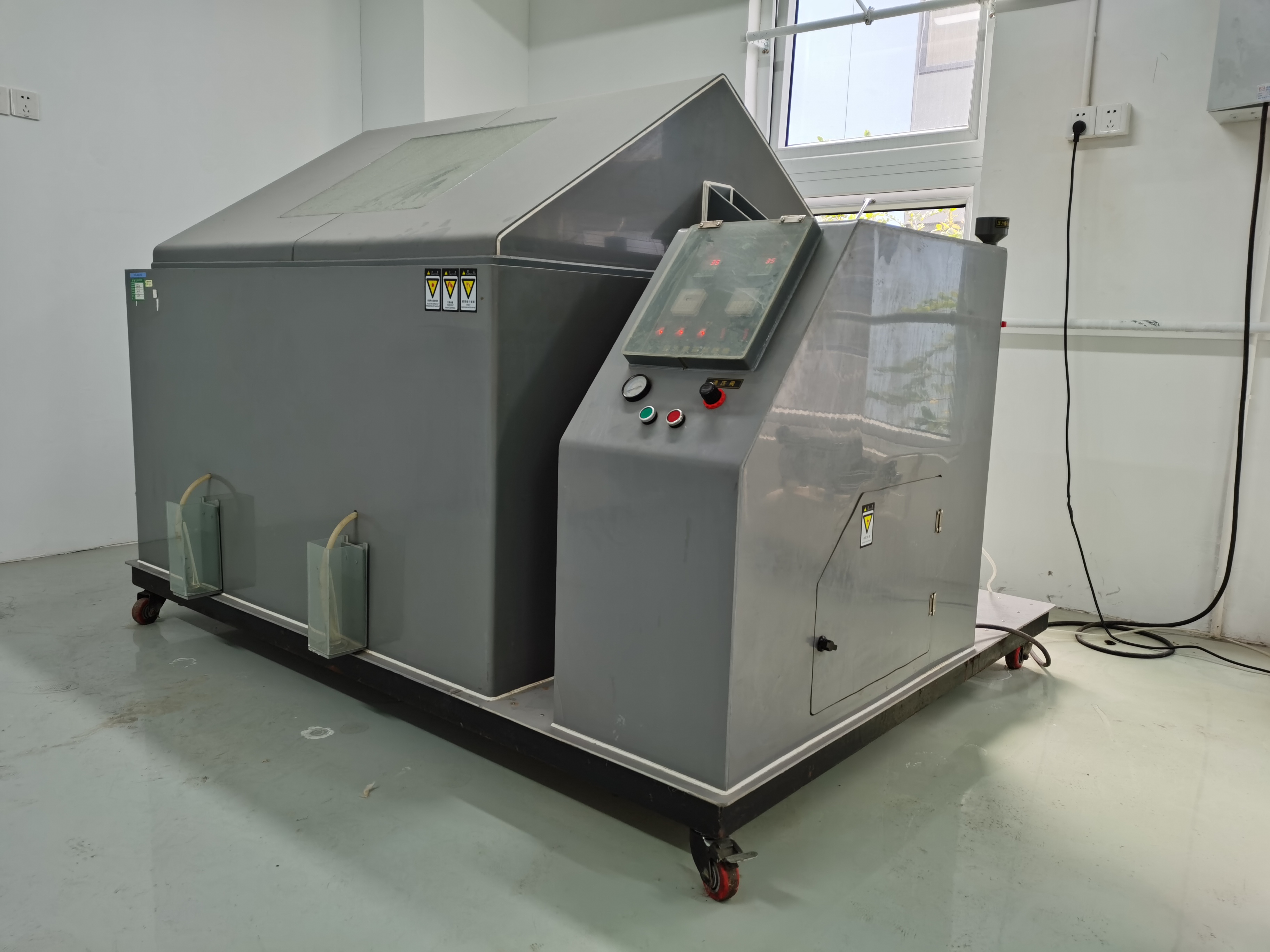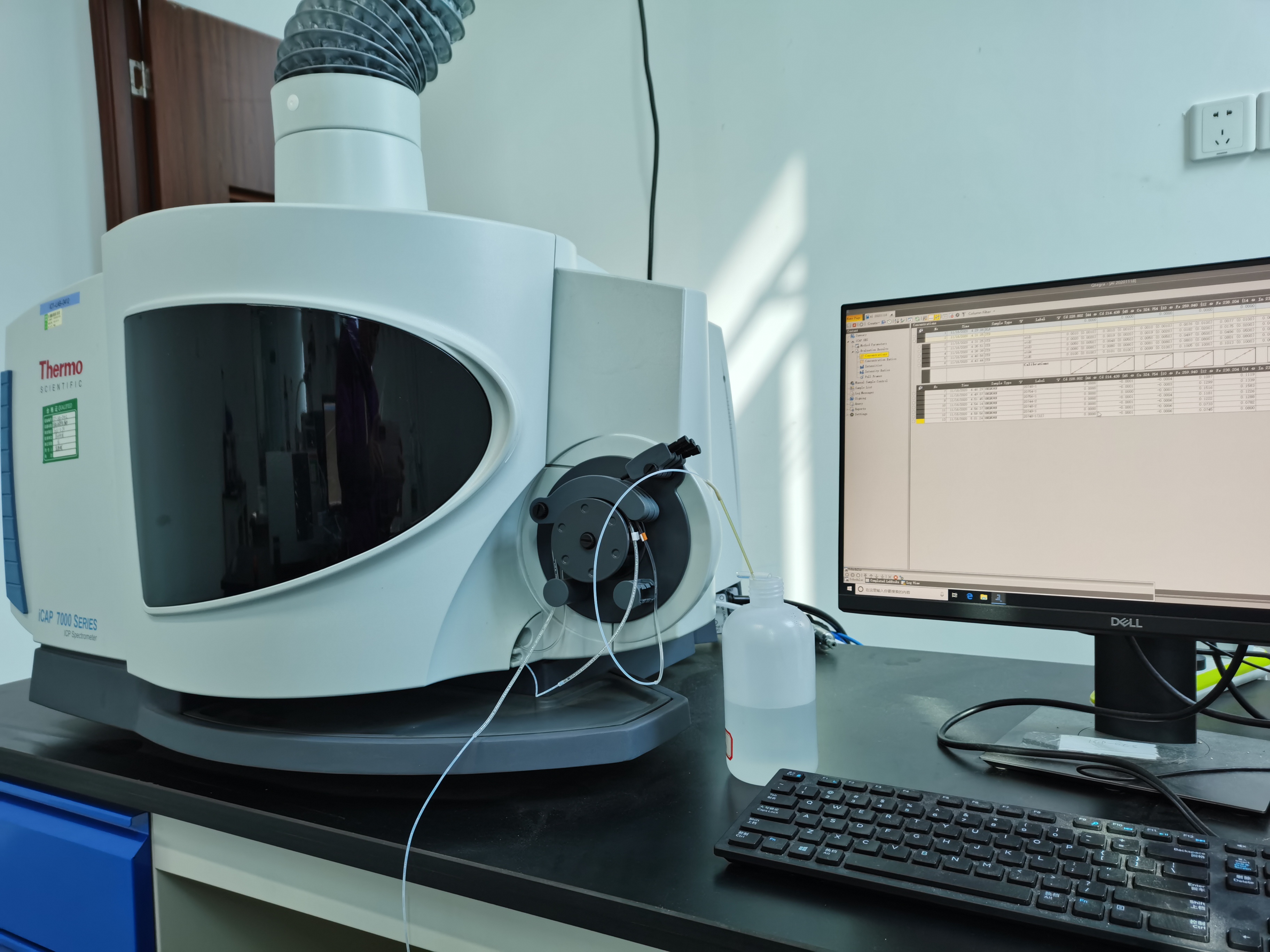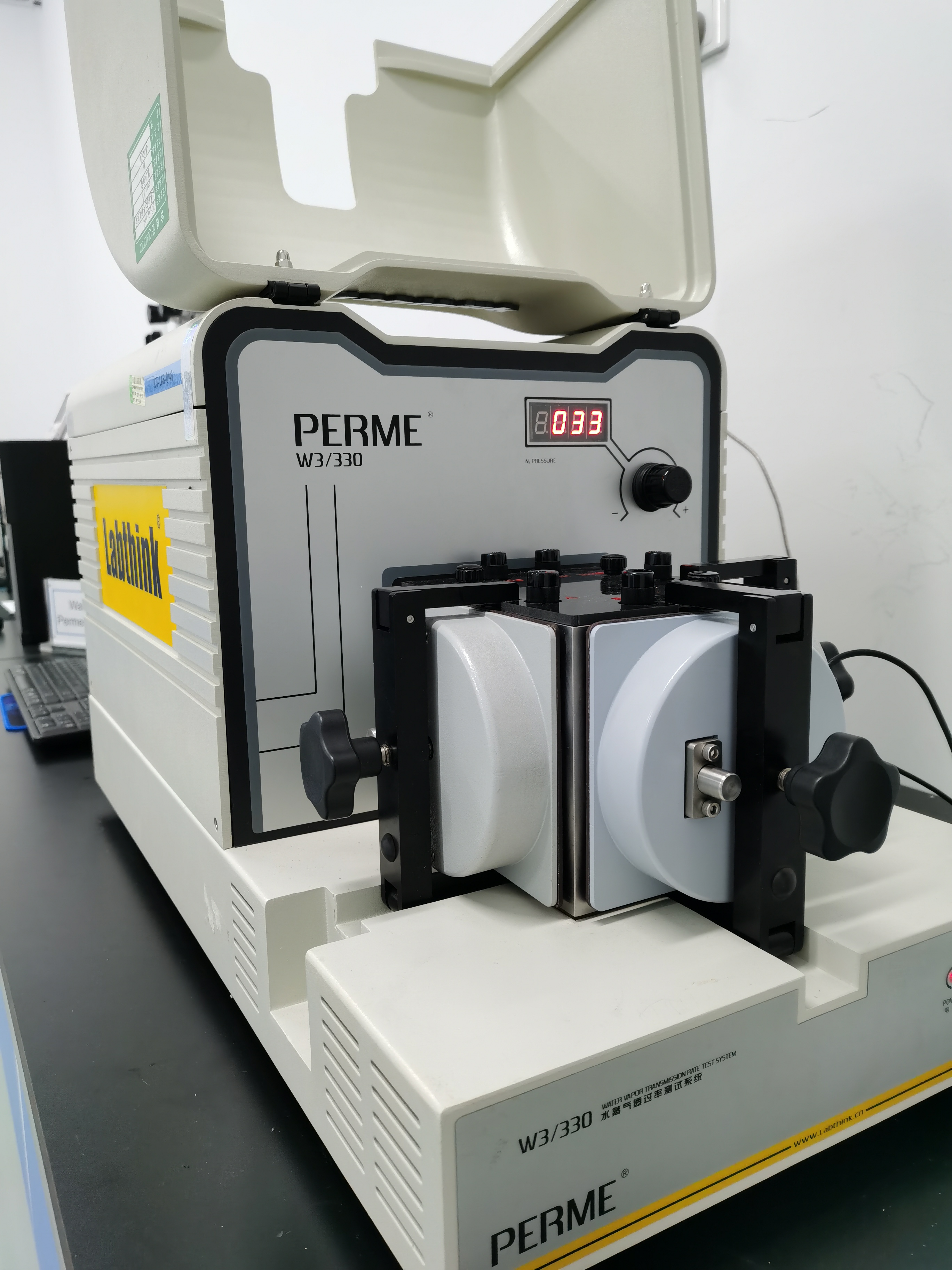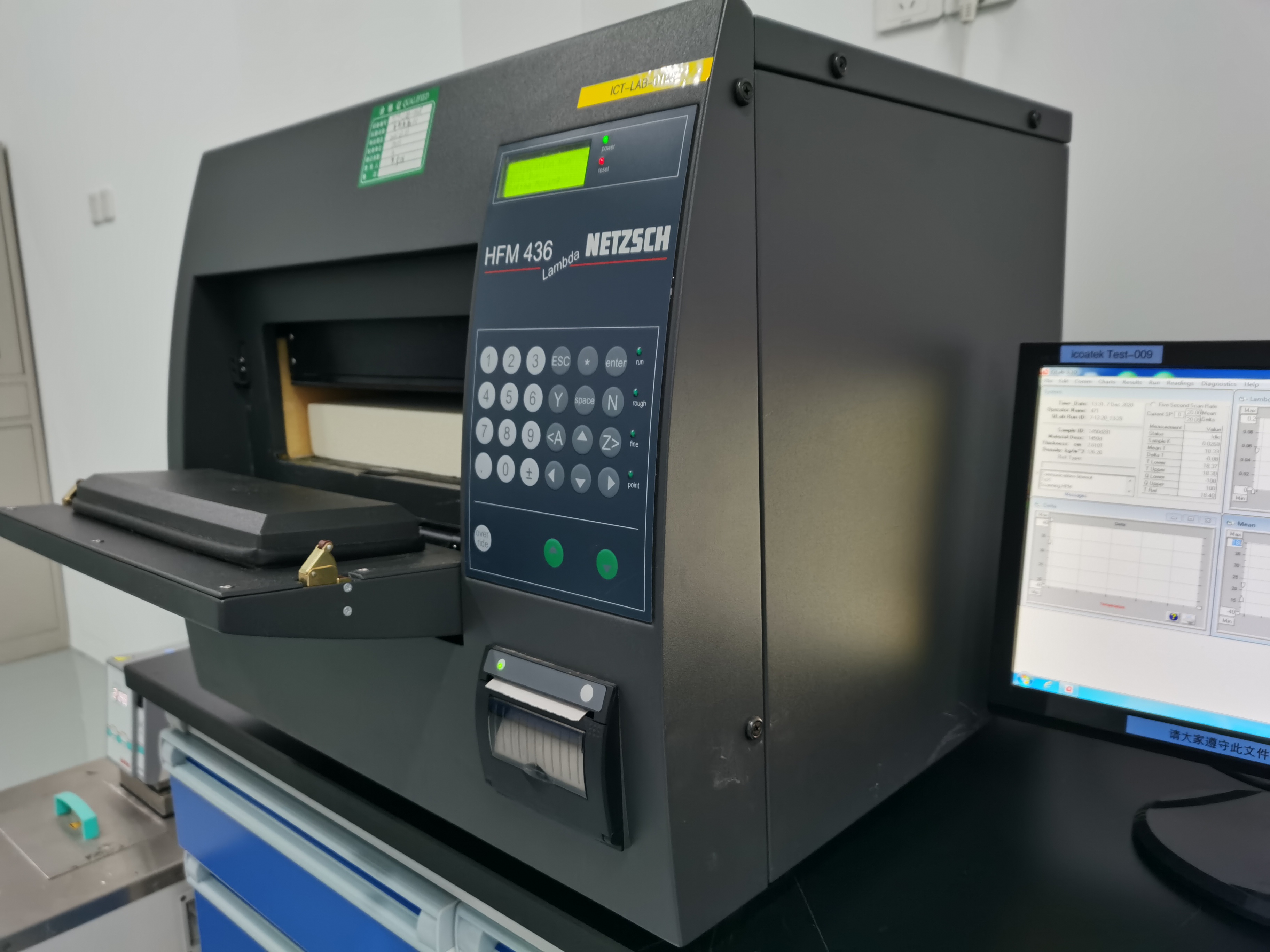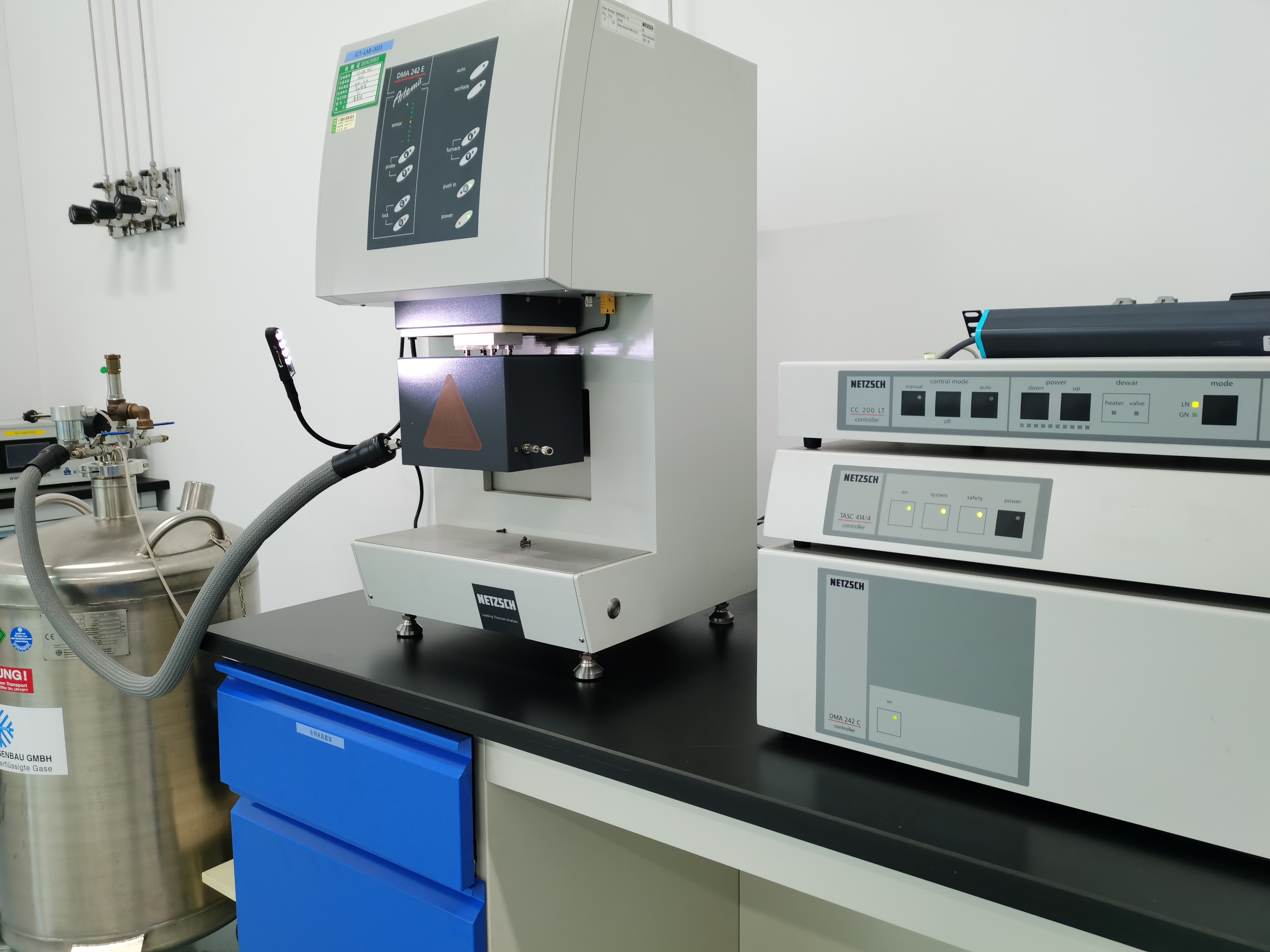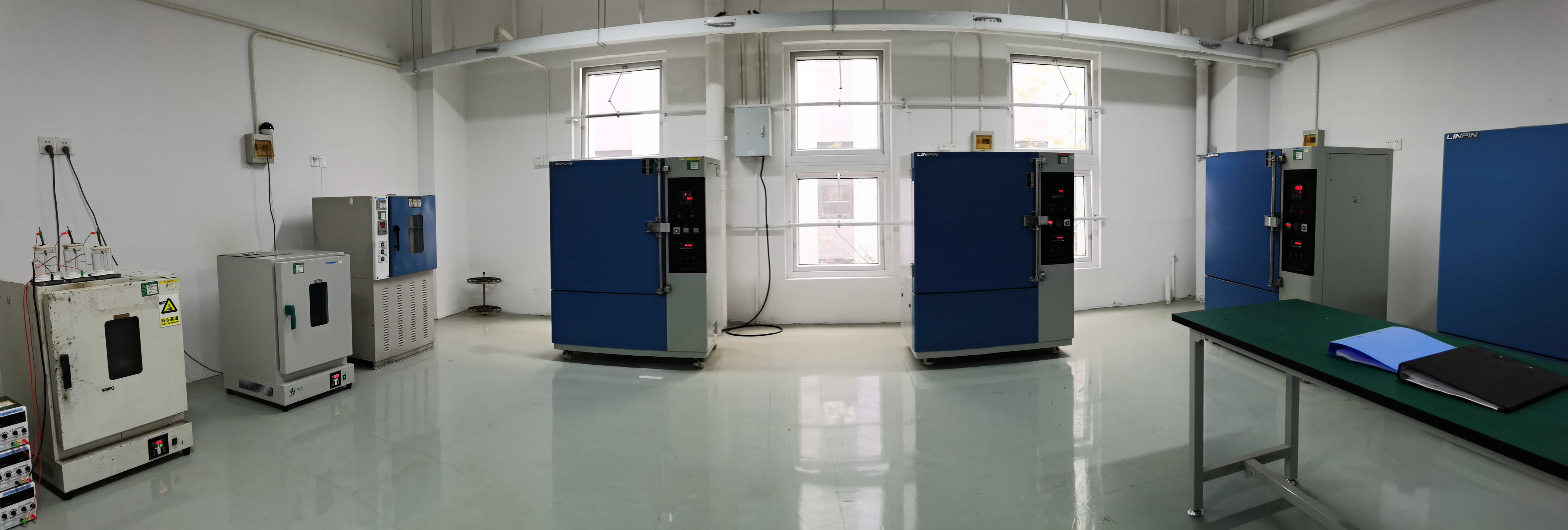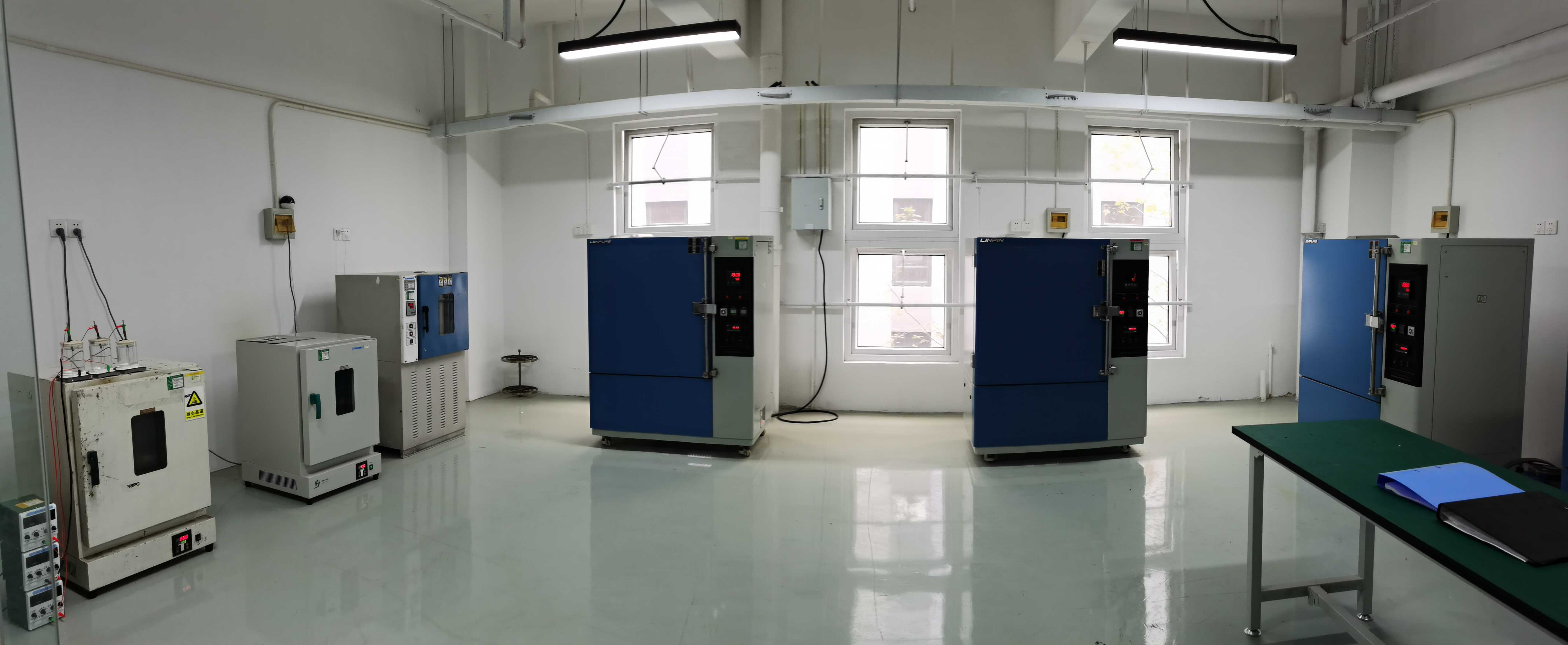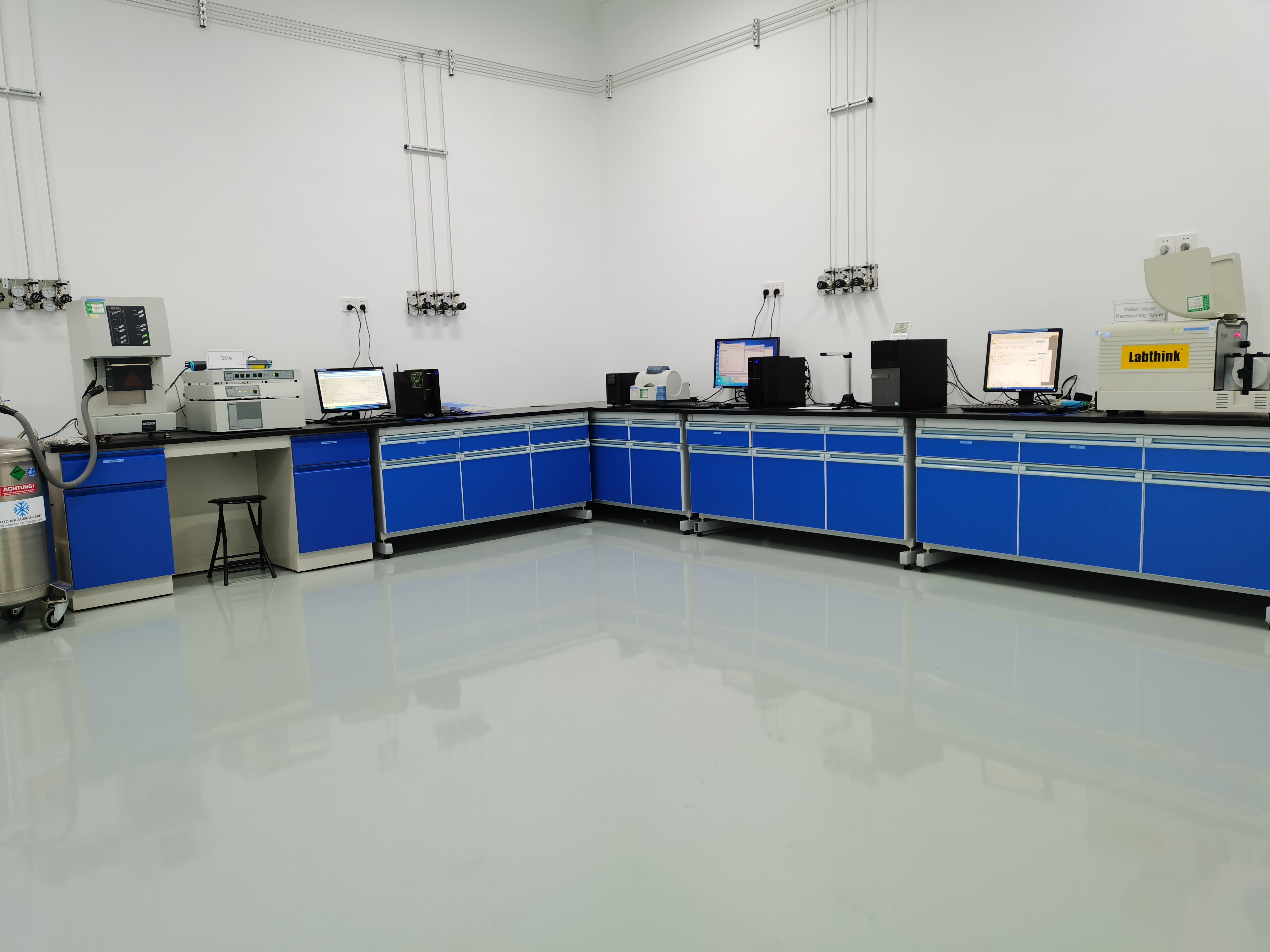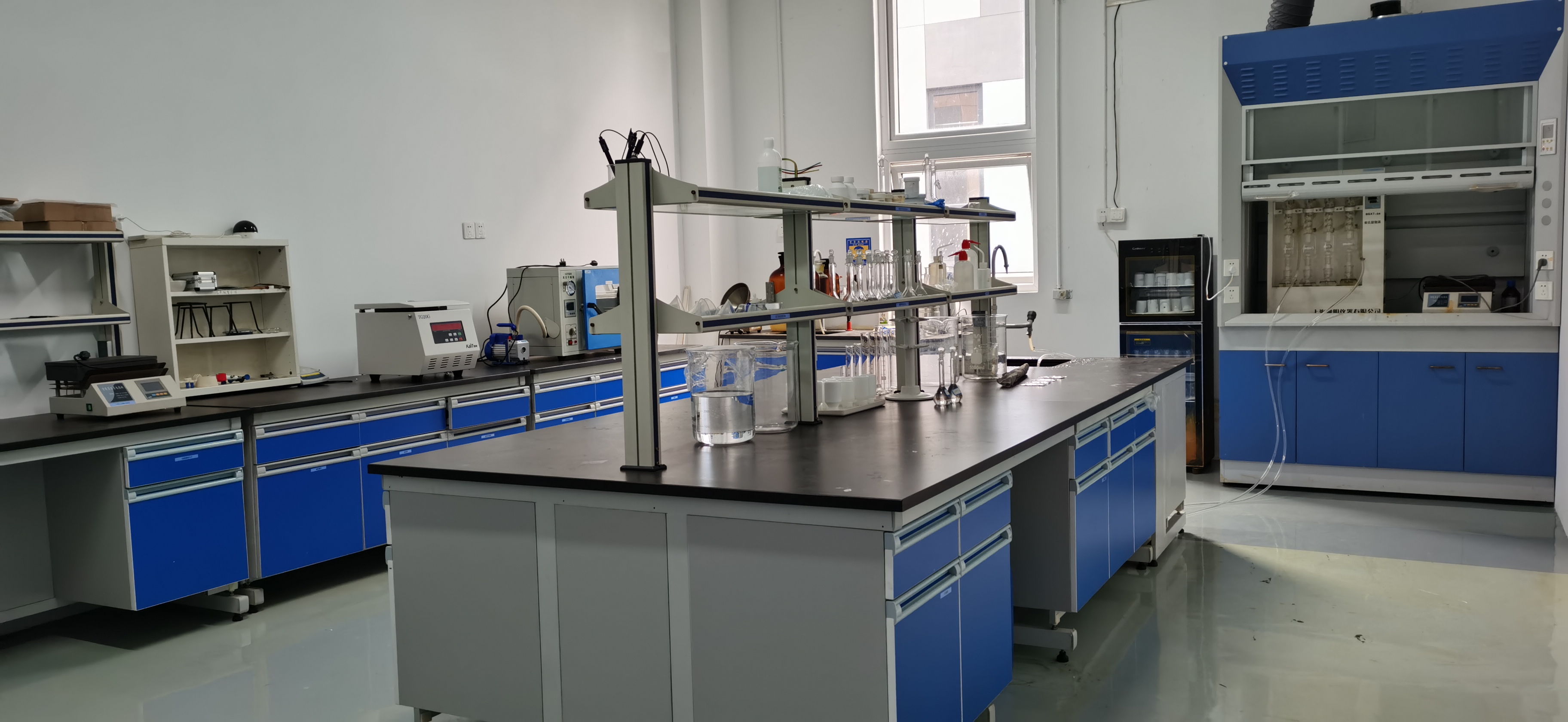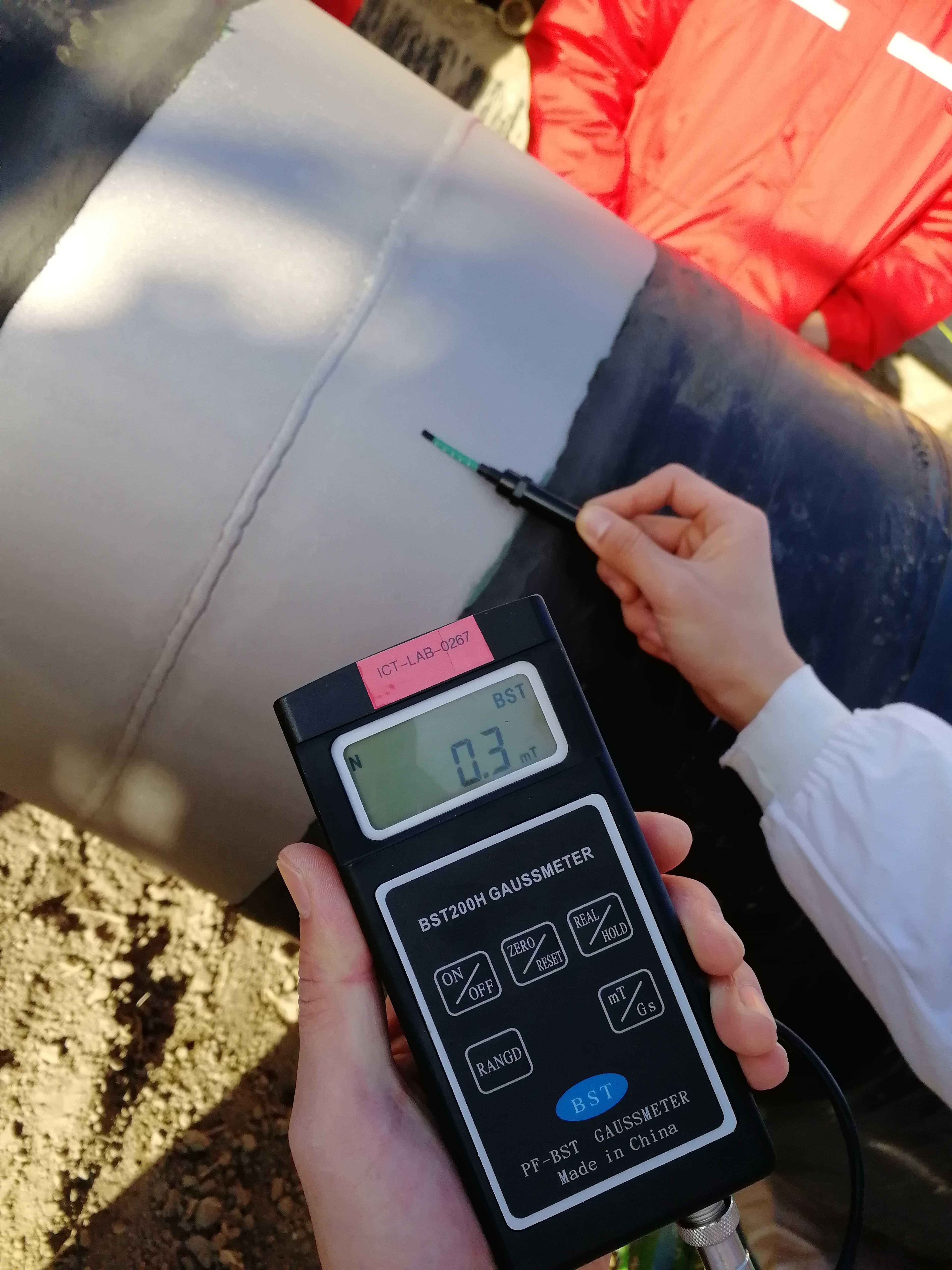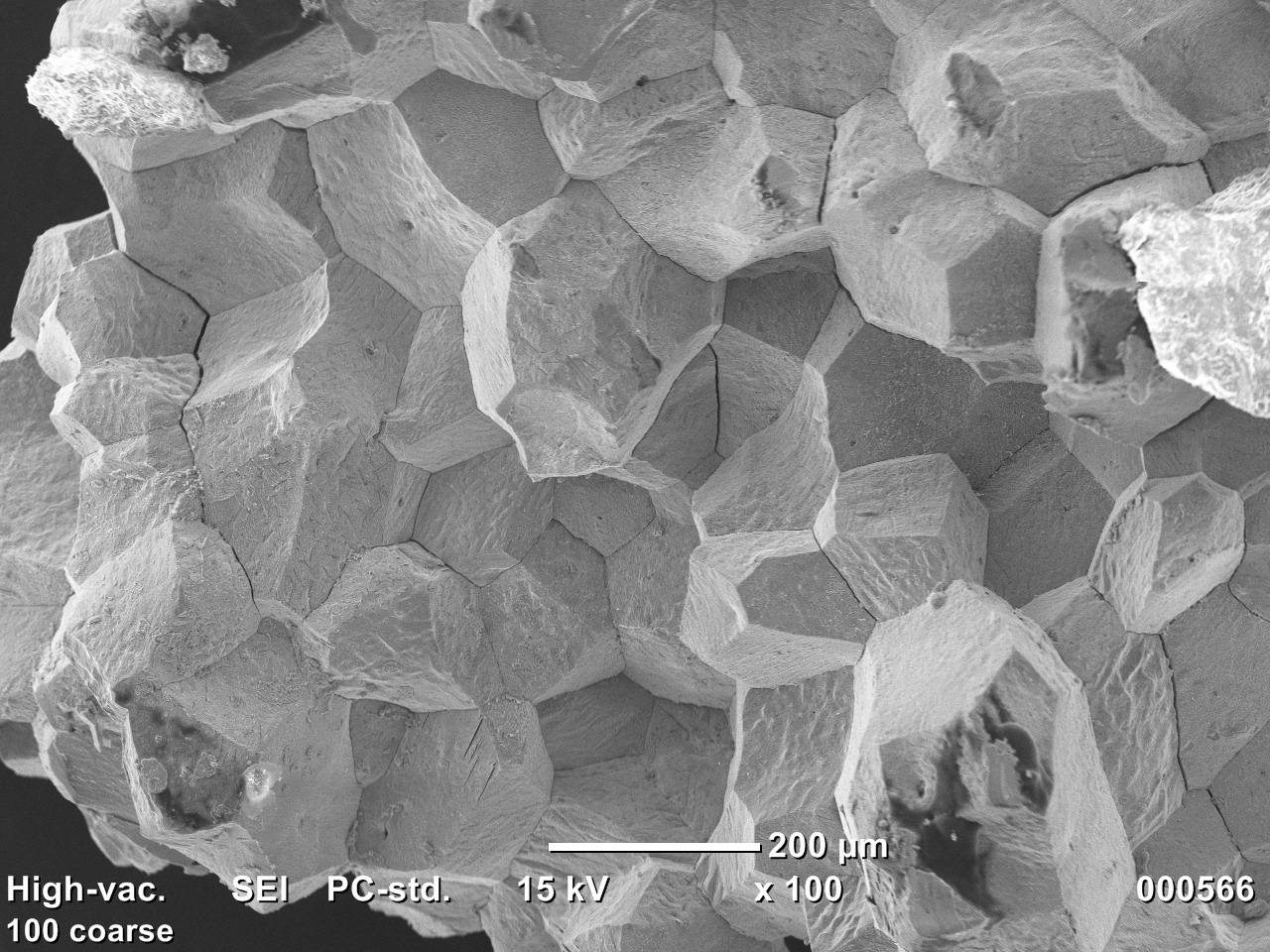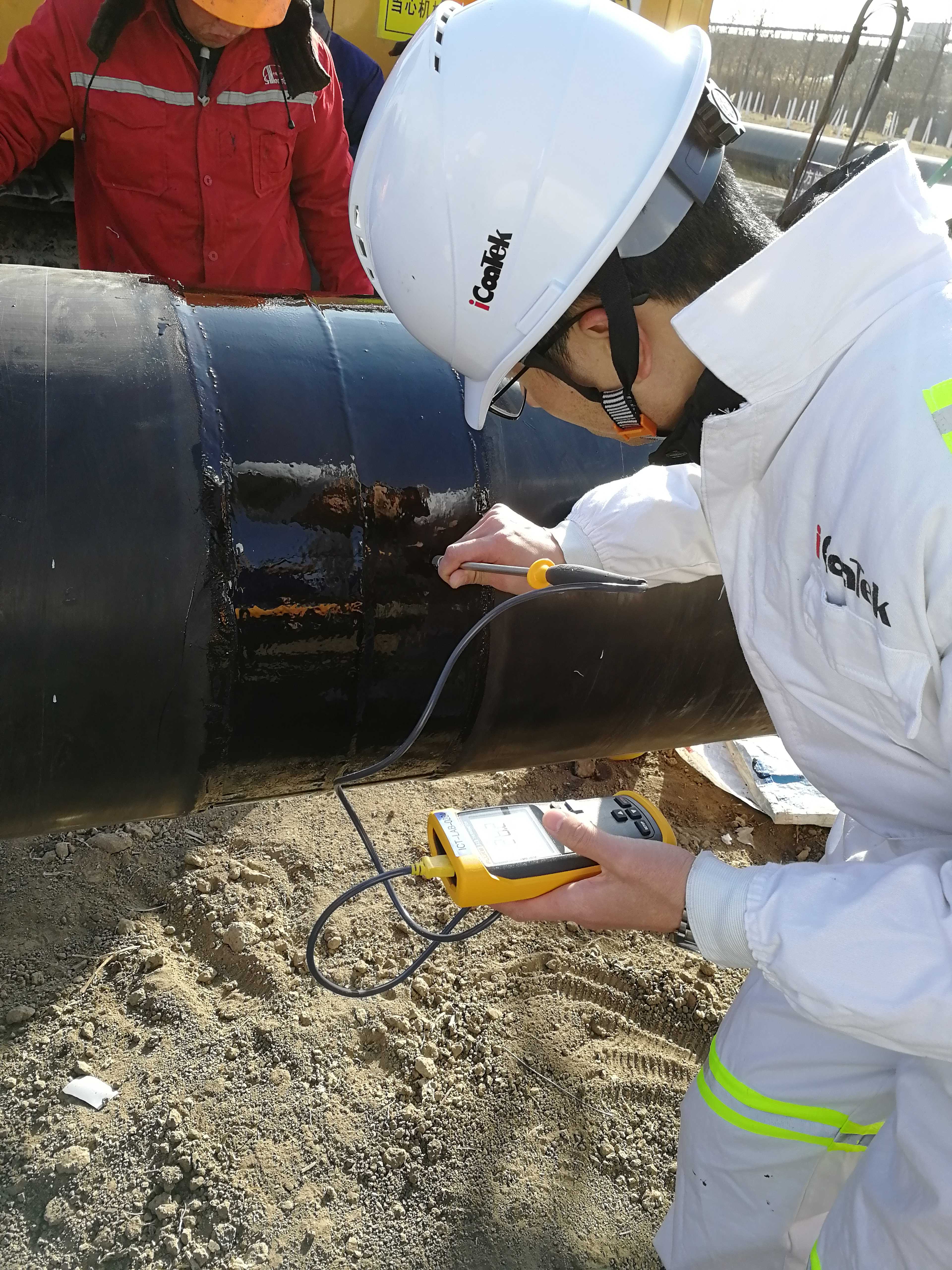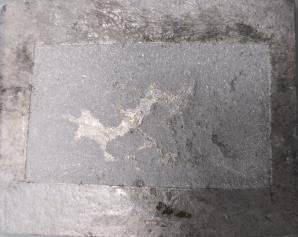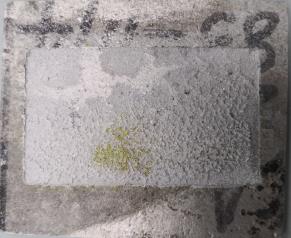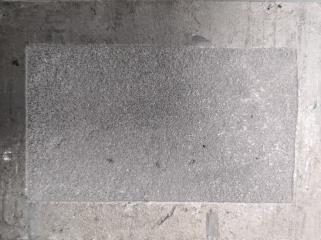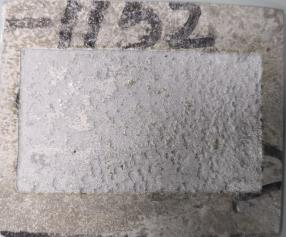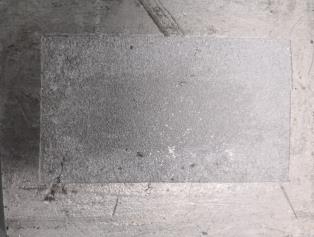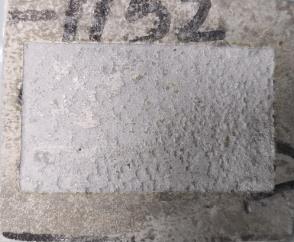Performance and quality control of marine aluminum alloy sacrificial anode
Abstract: This article analyzes the overall performance and quality of marine engineering anodes produced by a total of 666 heat numbers (batches) over a 9-month time span, and the electrochemical performance evaluated on each heat number anodes as per international codes & standards testing criteria. Testing criteria includes electrochemical performance, anode composition, post electrochemical testing & surface morphology, and metallographic structure to understand the deviation in terms of performance related to the critical parameters on quality control.
Statistical results have been generated from obtained testing results for the comparison of anodes performance and quality control compliance during the manufacturing process of different heat numbers and batches. Composition Criteria and Production Process have been fixed by the Client.
Results show that only 64% of the anode batches are in compliance with the quality control as Client's Expectation and the rest has deviation. It clearly shows that, without undergoing detailed testing on QC parameters, it will be impossible to get the expected performance even with the fixed Acceptance Criteria.
Key Words: Anode, Electrochemical Performance, Surface Morphology, Metallurgical Structure
1. Introduction
Due to the special working environment of oil and gas offshore engineering, when using a coating to protect the steel structure, a sacrificial anode must be used as an auxiliary anti-corrosion protection method. ISO15589-2, DNV GL-RP-B401 and other international standards or recommended practices are usually selected to draft technical specifications for cathodic protection of offshore engineering projects. These technical specifications cover similar criteria to ensure the quality of sacrificial anodes for Cathodic Protection such as technical requirements, inspection, chemical composition and electrochemical performance. However, each project has its own complexity and performance requirement, due to the different operating condition (environment) of the assets and the actual usage condition of the sacrificial anode. Therefore, the quality and performance parameters of the sacrificial anode need to be stated carefully and in detail, in the specification to cover all the potential risks involved in the project. At present, the design (service) life of offshore oil engineering equipment/structure is over 25 years, similar to the design life of sacrificial anodes (25 years). Therefore, ensuring the long-term performance of sacrificial anodes is an important factor to ensure the safety/integrity of offshore assets.
The current international codes & standards such as ISO15589 and DNV GL-RP-B401, has provided quality control requirements at the casting stage, such as: anode size, weight, appearance, internal defects, chemical composition, electrochemical capacity. However, in engineering practice, we often find that the actual performance of the sacrificial anode does not meet the project's expectations.
This article presents the performance analysis of aluminum alloy sacrificial anodes used in several marine engineering projects serve as subject of research, and highlight the potential issues of sacrificial anodes by statistical data, electrochemical performance, metallographic structure, and dissolution shape analysis. The relationship between appearance provides suggestions for sacrificial anode production and quality assurance.
2. Basic parameters of aluminum alloy sacrificial anode
This article presents the analysis of aluminum alloy sacrificial anodes from 3 projects independently, manufactured by 3 different companies in 9 months, with the total number of 666 heat treatment process involvement. All the anodes comply with the technical requirements of Chemical Composition stated in ISO 15589-2 or DNV GL-RP-B401. Chemical composition of anodes is given in the following Table 1.
Table 1. Chemical composition of aluminum alloy sacrificial anode
|
Element |
Zn |
In |
Si |
Fe |
Cu |
Cd |
Al |
|
wt.% |
4.75%~5.75% |
0.018~0.025 |
0.08~0.12 |
< 0.009% |
<0.003 |
0.002 |
Remainder |
Service environment of aluminum alloy sacrificial anode are given below:
1. Deep Water Environment: Seawater depth is 1500 meters, Seawater temperature is 2.5℃~3.5℃, Seawater oxygen content: 1.5mg/L~2.5mg/L.
2. Shallow water Environment: Water depth <15 meters, Seawater temperature 20℃±0.5℃, Seawater oxygen content: saturated.
2.1. Testing Item and Performance requirements of aluminum alloy sacrificial anodes
The performance requirements of aluminum alloy anodes involved in this article are:
Table 2: Performance requirements of aluminum alloy sacrificial anode:
|
Parameter |
Open-circuit potential a |
Closed-circuit potential b |
Electrochemical capacity |
Surface morphology |
Service life |
|
Criteria |
-1.05V |
-1.05 |
2500 Ah |
Uniform |
25 years |
a The potential of the sample after soaking in sea water for 3 hours, relative to "Ag/AgCl/sea water": -1.05V
b Potential of Anode at the completion of the test.
Electrochemical Performance Testing:
Test samples:
· Total of 666 heat numbers and 1 sample for each heat number,
· Total number of testing is 1332 times (some samples are used for sampling at different locations and for comparison testing of different detection methods).
· 504 samples were tested as per DNVGL-RP-B401 Appendix B, 1 sample parallel to the working surface and less than 3 mm from the working surface, and 1 sample perpendicular to the working surface. The test area of the sample is: 14.4±0.2cm2, a total of 1008 test samples, of which:
Number of samples tested using deep-water environment:356+356=712
Number of samples tested using shallow-water environment:148+148=296
· 162 samples tested according to the NACE TM0190-2012: directly select the working surface without any mechanical processing. The test area of the sample is 2800±10mm2, the total test samples of which:
Number of samples tested using deep-water environment: 162
Number of samples tested using shallow sea environment:162
The 162 samples were tested according to International Codes & Standards [3]
2.2 Statistical Results
Table 3: Summary of test results evaluated as per DNVGL-RP-B401 Appendix B from deep sea environment
|
Surface Specimen |
Inner Specimen |
Both |
||
|
Open-circuit potential |
Failure number |
0 |
0 |
0 |
|
Failure Rate |
-- |
-- |
-- |
|
|
Closed-circuit potential |
Failure number |
59 |
41 |
63 |
|
Failure Rate |
16.5% |
11.5% |
17.7% |
|
|
Surface morphology |
Failure number |
132 |
93 |
89 |
|
Failure Rate |
37.1% |
26.1% |
25% |
|
|
Electrochemical capacity |
Failure number |
3 |
2 |
2 |
|
Failure Rate |
0.8% |
0.6 |
0.6% |
|
The comprehensive pass rate is only 62.3%.
Table 4: Summary of test results evaluated as per DNVGL-RP-B401 Appendix B] from shallow sea environment
|
Parameter |
Surface Specimen |
Inner Specimen |
Both |
|
|
Open-circuit potential |
Failure number |
0 |
0 |
0 |
|
Failure Rate |
-- |
-- |
-- |
|
|
Closed-circuit potential |
Failure number |
0 |
0 |
0 |
|
Failure Rate |
-- |
-- |
-- |
|
|
Surface morphology |
Failure number |
13 |
9 |
6 |
|
Failure Rate |
8.8% |
6.1% |
4.1% |
|
|
Electrochemical capacity |
Failure number |
17 |
22 |
15 |
|
Failure Rate |
11.5% |
14.9% |
10.1% |
|
The comprehensive pass rate:87.6%
Table 5: Summary of the testing results as per NACE TM0190-2012, anode casting surface test results
|
Parameter |
Deep-water |
Shallow-water |
|
|
Open-circuit potential |
Failure number |
0 |
0 |
|
Failure Rate |
-- |
-- |
|
|
Closed-circuit potential |
Failure number |
0 |
0 |
|
Failure Rate |
-- |
-- |
|
|
Surface morphology |
Failure number |
14 |
2 |
|
Failure Rate |
8.6% |
1.2% |
|
|
Electrochemical capacity |
Failure number |
9 |
67 |
|
Failure Rate |
5.5% |
40.3% |
|
The comprehensive pass rate: 87.6% (Deep-water) 57.3% (Shallow-water)
2.3 Corrosion morphology of aluminum alloy sacrificial anode and potential changes during detection
International Codes and Standards (DNVGL-RP-B401 & ISO 15589-2) do not provide clarity on the QA/QC parameters. These parameters required to ensure quality control measures which shall be obtained from laboratory testing, have not been identified in details as well as numerical requirements for corrosion morphology in international codes & standards. The theoretical principle and actual service conditions of the aluminum alloy sacrificial anode require that the anode cannot cause the lack of capacitance due to self-corrosion and grain shedding during a service period of up to 25 years. In the international codes & standards (DNVGL-RP-B401 & ISO 15589-2) photos of the corrosion morphology need to be provided for reference after testing. Therefore, the corrosion morphology of the anode can be considered as one of the important requirements for quality assurance. The following two sets of photos provide the difference in corrosion morphology of aluminum alloy sacrificial anodes with different heat numbers, and the difference in corrosion morphology of aluminum alloy sacrificial anodes in different region of the same sample.
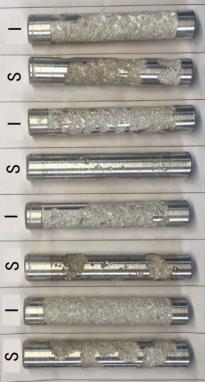
Figure 1 Uneven dissolution morphology after electrochemical performance detection c
c surface/center: the test results of different parts of the same heat number
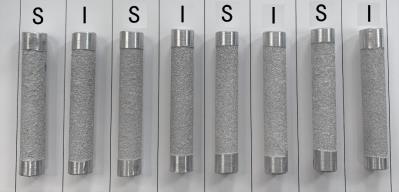
Figure 2 Uniform dissolution morphology after detection of electrochemical performance
Due to the existence of uneven corrosion or dissolution, it is easy to cause pitting corrosion in the aluminum alloy sacrificial anode, causing the sacrificial anode to break, crack and self-corrode during operation. In fact, during the evaluation process according to codes & standards (DNVGL-RP-B401) the potential change of each anode sample also confirmed the true performance and manufacturing quality of the aluminum alloy sacrificial anode. See below:

Figure 3. during the testing process of Appendix B of DNV GL RP-B401, the potential changes of the samples with quality problems in different parts of the non-uniform corrosion at different stages
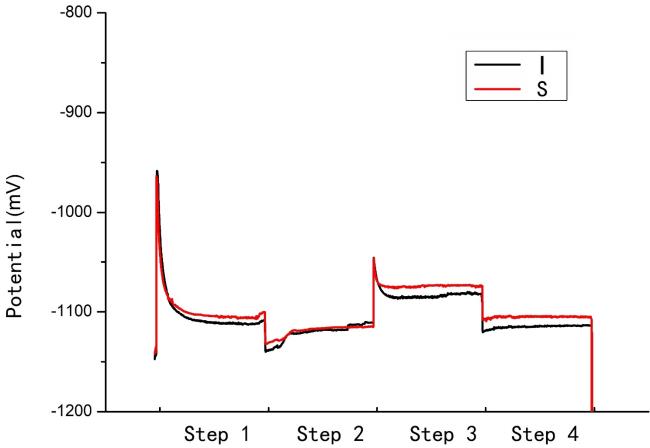
Figure 4. During the inspection process of Appendix B of DNV GL RP-B401, the potential changes of different parts of the high-quality samples at different stages of uniform corrosion
The inspection method stated in DNVGL-RP-B401 used only for quality control in the production/manufacturing process. The basic principle is to inspect whether the potential of the anode under different current density conditions can meet the minimum drive of the sacrificial anode require to protect the material. The potential must be greater than 250mV. However, the current technical requirements for aluminum alloy anodes only emphasize the final working potential.
The potential difference in the above figure also reflects the manufacturing quality of each part of the anode.
2.4 Metallurgical analysis of aluminum alloy sacrificial anode
In the evaluation process of 666 heat treatment involve aluminum alloy sacrificial anodes, as per characteristics of the production process, metallurgical metallographic analysis evaluation has been conducted according to the conditions of the test samples:
The metallographic photograph of the aluminum alloy sacrificial anode on the left shows:
1.
|
2 |
|
1 |
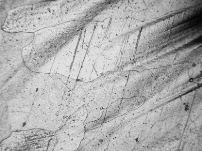 The grains are coarse and the crystal form is irregular.
The grains are coarse and the crystal form is irregular.
2. Except for Figure 4, no obvious intercrystallite segregation phase exists.
3. The aluminum-zinc alloying is more thorough
|
4 |
4.
|
3 |
Conclusion: The polarization process and later work of aluminum zinc indium silicon anode require each element to assume different roles in the alloy body. The highly alloyed aluminum alloy structure cannot be an effective sacrificial anode.
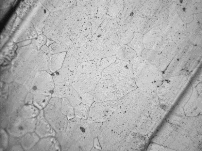
The production process of aluminum alloy sacrificial anode is the key process to control the aluminum alloy crystal structure. The core is to complete the position of each element in the aluminum alloy sacrificial anode crystalline structure during the casting process.
In the metallographic photo below, Figure 5 is a high-quality aluminum alloy sample, the crystal form and grain size are extremely perfect, but due to the high alloying, no effective segregation phase structure is formed, resulting in the corresponding anode under low temperature conditions It is difficult to activate.
For the aluminum alloy sacrificial anodes in Figs. 6 to 10, except for the grain size and crystal form that are close to those in Fig. 5, the segregation phase material that appears at the grain boundaries can be clearly observed. Therefore, the corresponding sacrificial anode is easily activated and is suitable for low-temperature use conditions [1].
2.5. Discussion and analysis of NACE TM0190 with DNV GL-RP B401 test method
During the inspection of 666 heat numbers, 162 heat numbers of aluminum alloy sacrificial anodes were also tested as per NACE TM-0190 test method on the original casting surface of aluminum alloy sacrificial anodes. Among them, the testing conditions are still based on the operating environment (deep sea environment). According to the data in Table 3 and Table 5, the pass rate has increased. But when using ambient temperature evaluation, we found that the disqualification rate of electrochemical capacity increased rapidly.
Table 6. Comparison of NACE TM0190 test results
|
Deep sea detection environment |
Shallow sea detection environment |
|
Electrochemical capacity:TM-0190: 2522Ah/kg Annex B: 2721Ah/kg |
Electrochemical capacity: TM-1902389Ah/kg Annex B: 2552Ah/kg |
|
Electrochemical capacity:TM-190 2547Ah/kg Annex B: 2689Ah/kg
|
Electrochemical capacity:TM-0190 2412Ah/kg Annex B: 2512Ah/kg |
|
Electrochemical capacity:TM0190:2543 Ah/kg Annex B: 2711Ah/kg |
Electrochemical capacity:2397Ah/kg Annex B: 2502Ah/kg |
The left and right samples all come from the same anode sample, but the evaluation conditions are inconsistent. The low temperature and low oxygen environment in the deep sea can reduce the self-corrosion rate of the anode under low current density conditions. But it is not conducive to the activation and polarization of the anode. However, the 14-day test period specified by NACE TM0190 identify this problem. The DNV GL-RP B401 test results corresponding to the three samples selected in the above figure are all qualified. But the corrosion morphology is completely different.
NACE TM0190-2012 test method uses a current density of 0.62mA/cm2, which is significantly less than the first stage (1.5mA/cm2), third stage (4.0mA/cm2) and fourth stage of the DNVGL-RP-B401 Appendix B test (1.5mA/cm2). When the current density is large, the anode is more easily polarized. The potential records of the anode potentials in Figs. 3 and 4 at different current densities also indicate the difference in the total set of anode potentials is quite different. Obviously, therefore, more potential failures occurred in Appendix B of DNVGL-RP-B401, but the operating potential failures did not appear in the NACE TM0190-2012 test.
Using NACE TM0190-2012 test method, under deep sea conditions, the average capacitance of all qualified samples is: 2580Ah/kg, under normal temperature conditions, the average value of all samples is 2390Ah/kg. When testing deep sea conditions, as per DNVGL-RP-B401 Appendix B, the average value of all samples is 2689Ah/kg, and when testing at normal temperature conditions, the electrochemical capacity of all qualified samples is 2521Ah/kg, which is in line with EN 12496 [2] standards The trend described in the article is consistent. The standard document indicates that an increase in current density will result in an increase in the measured anode capacitance; in addition, an increase in ambient temperature will result in anode self-corrosion and a decrease in capacitance.
In fact, the core reason for the above problems is caused by the different self-corrosion rate of the aluminum alloy sacrificial anode under different conditions. The self-corrosion rate of aluminum alloy sacrificial anodes is determined by different anode formulations and smelting processes. At present, the production of aluminum alloy sacrificial anodes basically relies on manual operations, and the technical parameters in the production process are not effectively monitored and cured, resulting in different positions on each furnace anodes’ performance may vary.
3. Conclusion
The aluminum alloy sacrificial anode serves as the final barrier for anti-corrosion safety protection of offshore oil projects, and its performance and quality will directly affect the safety of national economy and people's livelihood. Further improving the production quality of aluminum alloy sacrificial anodes and stabilizing the performance of aluminum alloy sacrificial anodes need to rely on scientific data and effective management methods. The service life of aluminum alloy sacrificial anodes is as long as 25 years, or even longer. Simply relying on 4 or 14 days of evaluation may not be enough to ensure the service life of the sacrificial anodes.
A. Electrochemical Capacity, Corrosion Morphology & Potential Difference and Metallurgical Structure shall be analyzed as QA/QC parameters for Anodes of different batches/heat numbers
B. The specification shall define complete parameters for Metallurgical and Metallographic judgment to improve and control the production process
C. Target specific technical requirements more than International Codes & Standards to gain complete QC/QA
D. Digital Production process shall be applied which include prior & post-production evaluation and chilled casting process evaluation during manufacturing
4. References:
1. Zhao H.,Lin Y.,Liu C.,Xu J.,The influence of the unevenness of the microstructure of the aluminum alloy sacrificial anode on its corrosion, rare metals,2000,5(24):341-344
2. EN 12496:2013 Galvanic anodes for cathodic protection in seawater and saline mud
3. DNVGL-RP-B401 Appendix B: LABORATORY TESTING OF GALVANIC ANODEMATERIALS FOR QUALITY CONTROL
4. NACE TM0190-2012 Impressed current laboratory testing of aluminum and zinc alloy anodes

